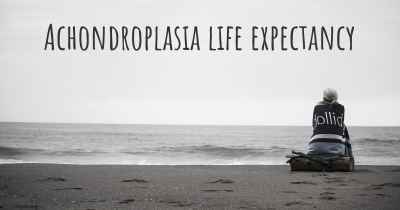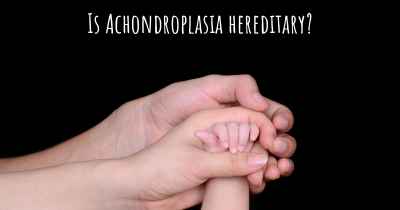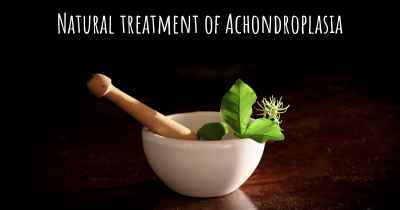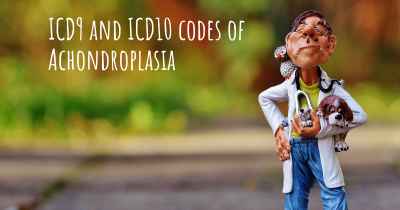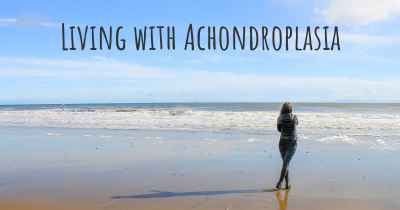Achondroplasia prognosis
What is the prognosis if you have Achondroplasia? Quality of life, limitations and expectatios of someone with Achondroplasia.
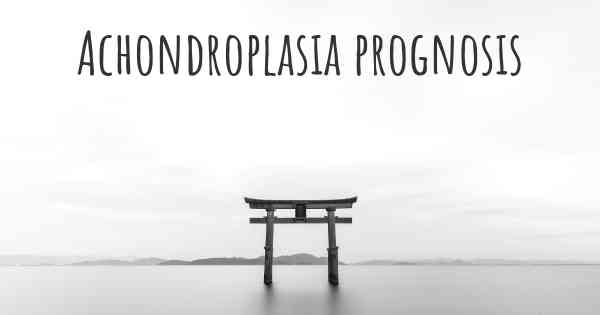
Achondroplasia is a genetic disorder that affects bone growth, resulting in dwarfism. It is the most common form of short-limbed dwarfism, occurring in approximately 1 in every 15,000 to 40,000 births. This condition is caused by a mutation in the FGFR3 gene, which regulates bone growth.
Prognosis:
The prognosis for individuals with achondroplasia can vary depending on various factors, including the severity of the condition and associated complications. While achondroplasia is a lifelong condition, most individuals with this disorder lead fulfilling lives with proper medical care and support.
Physical Development:
Children with achondroplasia typically have normal cognitive development but experience delayed physical milestones, such as sitting up, walking, and reaching full height. However, with appropriate medical interventions and therapies, they can achieve these milestones at their own pace. It is important to provide a supportive environment that encourages their physical development and independence.
Health Concerns:
Individuals with achondroplasia may face certain health concerns throughout their lives. These can include spinal stenosis, which is the narrowing of the spinal canal, leading to compression of the spinal cord. Regular monitoring and early intervention can help manage this condition. Other potential complications include recurrent ear infections, obesity, and orthopedic issues like bowed legs or joint problems.
Quality of Life:
With appropriate medical care, individuals with achondroplasia can lead fulfilling lives. Early interventions, such as physical therapy and assistive devices, can help improve mobility and independence. Genetic counseling and psychological support can also be beneficial for individuals and families affected by achondroplasia.
Conclusion:
Achondroplasia is a genetic disorder that affects bone growth and results in dwarfism. While it is a lifelong condition, individuals with achondroplasia can lead fulfilling lives with proper medical care, support, and early interventions. Regular monitoring and management of associated health concerns are crucial for maintaining a good quality of life. It is important to provide a supportive environment that encourages physical development and independence. Genetic counseling and psychological support can also play a significant role in helping individuals and families affected by achondroplasia navigate the challenges associated with this condition.
